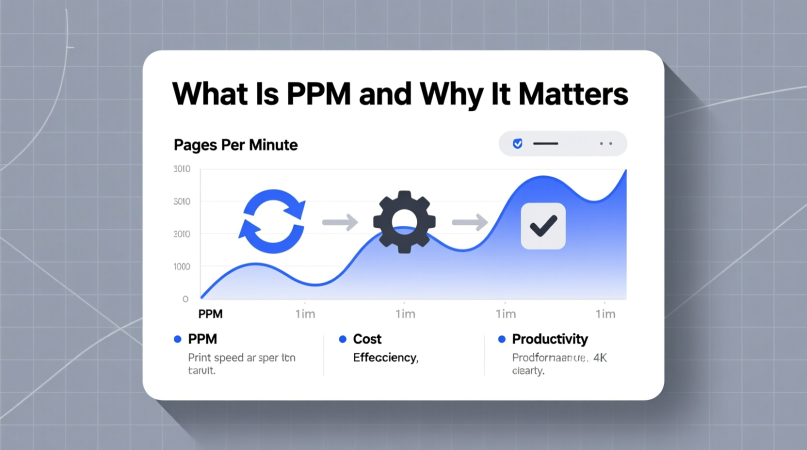
When people search for “what is PPM” or “parts per million meaning”, they’re often trying to understand how scientists and engineers measure tiny concentrations in air, water, or materials.
Let’s break this down in a simple, practical way — with real examples and links to tools that make these calculations easier.
PPM Meaning Explained Simply
PPM (Parts Per Million) describes how much of one substance exists within a million parts of another. It’s a way to talk about very small concentrations that would be awkward to express as percentages.
In science and engineering:
- 1 ppm = one part in one million
- That’s equal to 1 milligram per liter (mg/L) in water.
- 1 ppm also equals 0.0001 percent.
So, if a liter of water contains 3 milligrams of chlorine, the chlorine concentration is 3 ppm.
If you’d rather not calculate it manually, you can check your values instantly using our PPM Calculator — it’s fast and supports multiple units.
Why Scientists and Engineers Use PPM
PPM matters because it makes precision measurable across completely different industries.
1. In Chemistry and Lab Work
Chemists use ppm to measure how concentrated a solute is in a solution. For example, a sodium solution may have 10 ppm sodium ions, which helps ensure experimental consistency.
If you want to see how the math works, our How to Calculate PPM Step by Step guide explains every step clearly.
2. In Environmental Testing
PPM is a universal unit for monitoring pollution. Carbon dioxide in outdoor air averages around 420 ppm, while indoor spaces can climb higher.
Scientists also track lead, mercury, and nitrates in soil or water using ppm values.
If you work in environmental monitoring, the PPM Calculator for Environmental Testing will save you time when processing results.
3. In Water Quality Analysis
Water professionals rely on ppm to evaluate total dissolved solids (TDS) and chlorine.
Safe drinking water usually falls below 500 ppm TDS, while pool water typically stays between 1–3 ppm chlorine.
For those measurements, try:
4. In Manufacturing and Six Sigma
Factories often describe product quality in terms of defects per million units. A line producing 3.4 defects per million is operating at a Six Sigma level.
Explore our PPM to Six Sigma Calculator to convert ppm defect data into sigma quality levels.
5. In Electronics and Engineering
In electronics, ppm expresses tolerance and frequency drift. A clock crystal with ±10 ppm tolerance may vary by ±10 microseconds per second — a critical factor in timing circuits.
Try the Frequency PPM Calculator to check drift rates for your components.
PPM Conversion and Related Units
PPM often connects to similar units like percent, ppb (parts per billion), or mg/L.
| Relationship | Example |
|---|---|
| 1 ppm = 1000 ppb | Air pollutants |
| 1 ppm = 1 mg/L | Water solutions |
| 1 ppm = 0.0001 % | Industrial concentration |
You can download a full reference chart here:
👉 PPM Conversion Table
Practical Examples
- Water Testing Example:
0.02 g of salt dissolved in 1 L of water = (0.02 × 1000) / 1 = 20 ppm.
You can verify this instantly with the PPM Solution Calculator. - Air Quality Example:
If a CO₂ sensor reads 450 ppm indoors, that’s 450 carbon dioxide molecules per million air molecules.
Key Takeaways
- PPM stands for Parts Per Million — a universal way to express trace concentrations.
- It’s used in chemistry, water quality, environmental testing, electronics, and manufacturing.
- 1 ppm = 1 mg/L in water-based solutions.
- Use an online PPMCalculator to save time and reduce human error.
- Learn deeper formulas and use cases in PPM Formula Variations and Examples.
FAQ: Common Questions About PPM
What is the full form of PPM?
PPM means Parts Per Million. It shows how many parts of a substance are present per million parts of another substance.
How is PPM different from PPB or percent?
1 ppm = 1000 ppb = 0.0001 %. PPM covers medium-range concentrations between those two units.
Why is PPM used in quality control?
Because it simplifies comparisons — one universal scale for defects, purity, or concentration.
For more industry applications, read PPM in Industrial Processes.
Robert is the creator of ppmcalculator.com, dedicated to providing accurate and easy-to-use calculation tools for parts per million (PPM) and related scientific measurements. With a strong commitment to precision and user-friendly design, Robert helps users save time and make informed decisions. His clear, helpful content empowers students, professionals, and hobbyists alike to tackle complex calculations with confidence.
